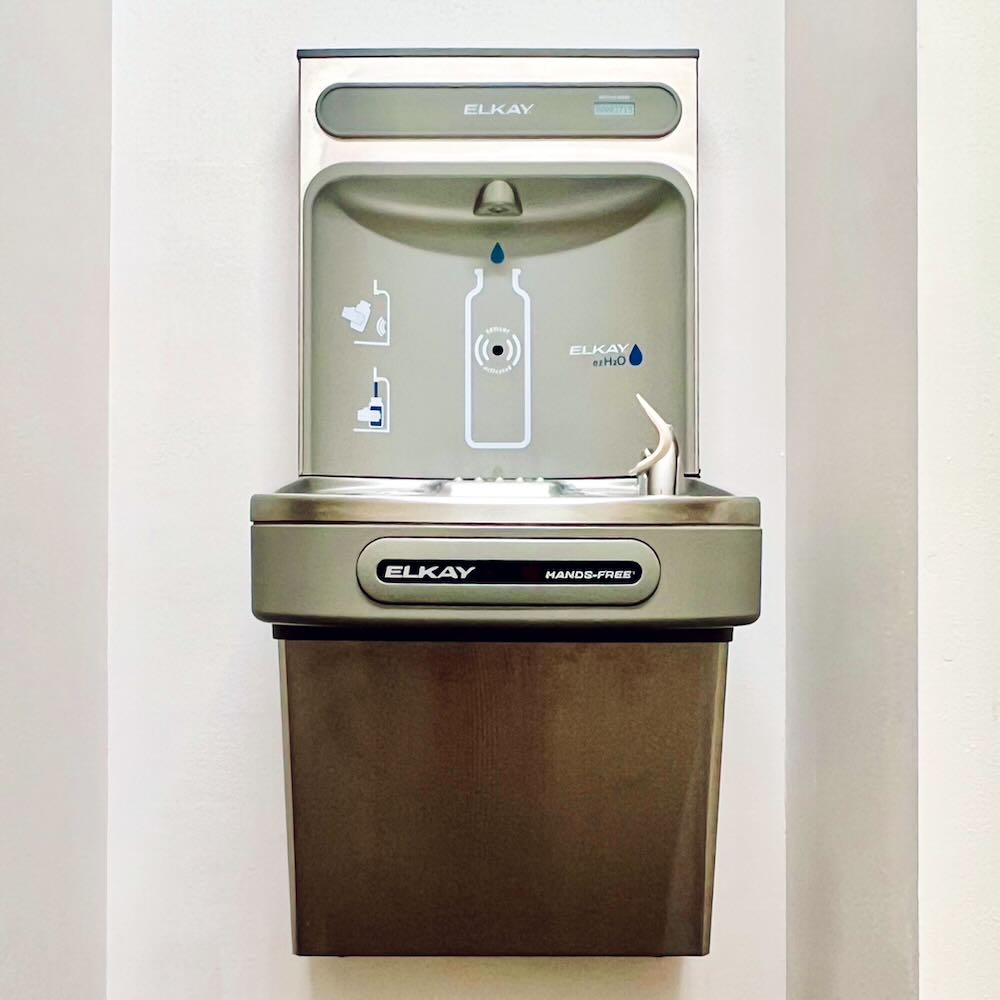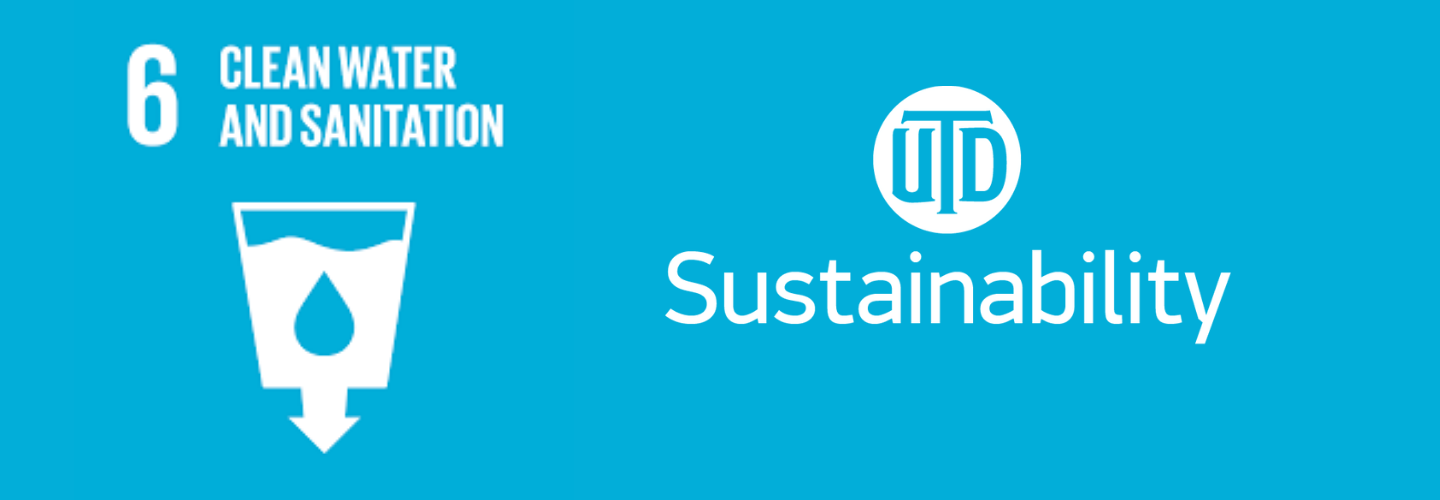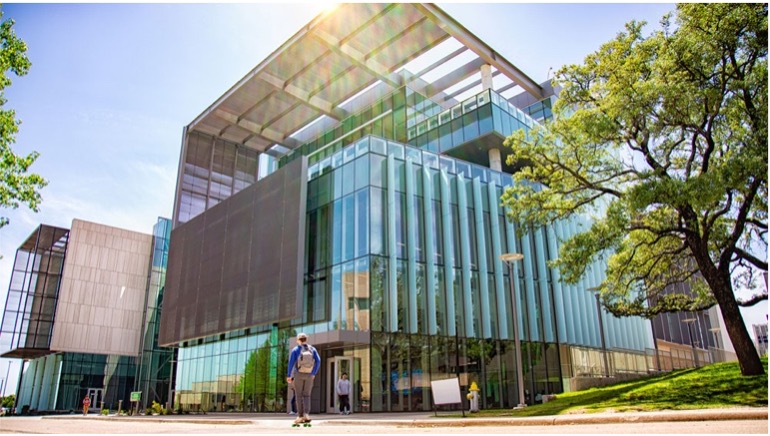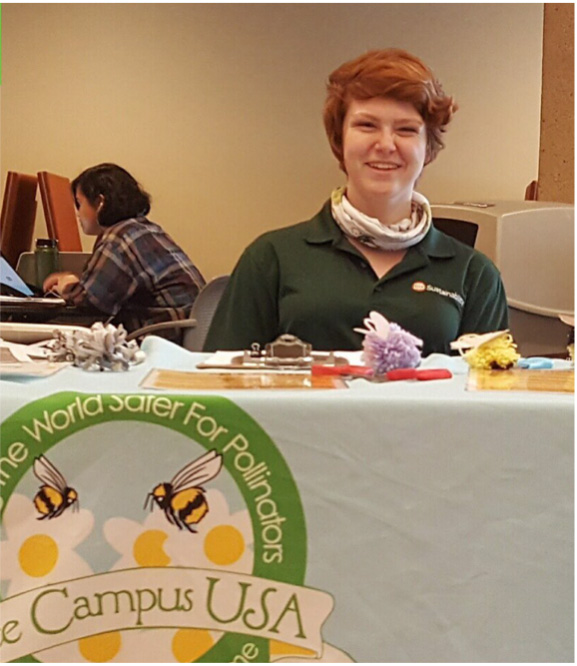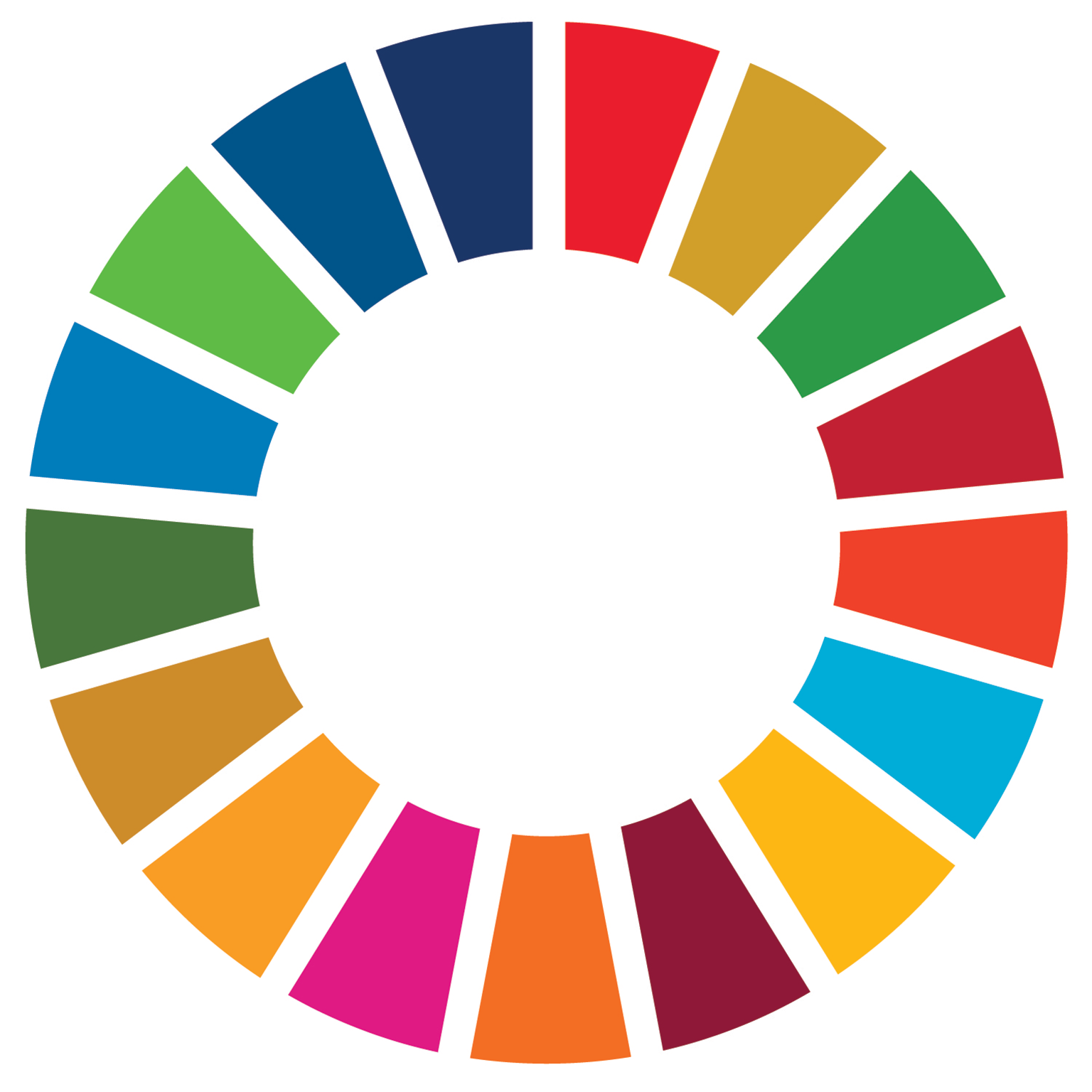Ensure availability and sustainable management of water
and sanitation for all.
Clean Water and Sanitation Globally
Many parts of the world still struggle with access to clean water and sanitation.
It is estimated that across the world, 1 in 4 people do not have access to safe drinking water nor basic hand-washing facilities.
Access to water is not only essential for survival, but seeps into many other aspects
of society.
Sanitation facilities in schools are essential for young girls to be able to
manage menstrual cycles while receiving an education. Access to clean water also reduced
gender inequality, as the burden to find water often falls upon women in
developing countries.
Past sanitation and access to clean drinking water,
SDG 6 [Sustainable Development Goal 6]
is also an issue that will be impacted by
SDG 13 [Sustainable Development Goal 13] :
Climate Action. As world temperatures and populations increase, access to water will
only become more limited. Water will become an area of society that drives conflict
and further equity issues.
Clean Water and Sanitation Locally
Fortunately, drinking water in Dallas goes through extensive
sanitation and management procedures, making it safe for consumption. However, recent
events have proven that access to clean water can quickly be disrupted. During the 2021 winter storm, many households were put under boil
orders and some lost access to running water entirely.
The
DFW [Dallas / Fort Worth]
area is also prone to drought, so sustainable water management practices are essential
for the maintenance of lifestyles in North Texas. Researchers from the University of Texas at Arlington estimate that between 2041 and 2050,
DFW [Dallas / Fort Worth]
will see extreme temperatures rise above 120, as well as longer droughts and more
extreme rainstorms. Ensuring that water is used sustainability on campus at UT Dallas
contributes to more sustainable practices and climate readiness in the future.
Highlights
The Thirst Project at UTD
SDG 1: No Poverty
SDG 3: Good Health and Well-Being
Water bottle filling stations at UTD
The Thirst Project at UTD is an established student organization on campus and
chapter of a nationwide nonprofit that is dedicated to ending the global water crisis.
This is accomplished through 2 main goals: spreading awareness of the global water
crisis and fundraising money to build freshwater wells in developing communities in need.
The Thirst Project has raised over $10 million and started over 3,200 projects in
13 different countries to increase accessibility to clean water. You can learn more at
their Instagram @utdthirstproject.
Water Use and Recovery
SDG 11: Sustainable Cities and Communities
SDG 12: Responsible Consumption and Production
Potable water use on campus is estimated to be 7,907 gallons per person per year for an estimated total of 178,315,100 gallons of potable water for the campus annually.
UT Dallas recovers water at the
LEED [Leadership in Energy and Environmental Design]
Platinum Student Services Building and
LEED [Leadership in Energy and Environmental Design]
Gold Bioengineering and Sciences Building. The Student Services Building captures rainwater
for irrigation use and Bioengineering and Sciences Building features an innovative system
that captures rainwater, reverse osmosis reject water harvesting, and condensate capture
and utilizes the water to reduce need for potable water in irrigation. UT Dallas
has adopted constructions standards that require efficient fixtures in all capital
projects and remodels. UT Dallas has also updated irrigation controllers in order
only irrigate when plant water needs require that rainfall is supplemented, and to
eliminate unnecessary irrigation.
With the new drive to building efficient, green, and/or
LEED [Leadership in Energy and Environmental Design]
certified buildings at UT Dallas, bathrooms are of interest for water conservation
efforts. Our Facilities Management team has taken the initiative to maximize water
savings and conservation whenever possible when renovating bathrooms and/or
replacing bathroom fixtures such as toilets, urinals, and faucets. This may include,
but is not limited to, low-flush toilets and urinals, dual-flush toilets, and low-flow faucets.
In 2022, UT Dallas partnered with Plummer to complete a water audit of campus
facilities. The results of this study are being used to determine high-impact areas for
future plumbing retrofits.
Rainwater Management
SDG 11: Sustainable Cities and Communities
SDG 15: Life on Land
UT Dallas is located within the boundaries of the City of Richardson’s
“urbanized area”
(UA [Urbanized Area] ) and is regulated under the Texas Commission on Environmental Quality
(TCEQ [Texas Commission on Environmental Quality] )
Phase II Municipal Separate Storm Sewer System
(MS4 [Municipal Separate Storm Sewer System] )
permit. The overall goal of the
MS4 [Municipal Separate Storm Sewer System]
permit is to improve the water quality of Cottonwood Creek flowing through our campus
into receiving waters, and to protect the US waterways from pollution. Environmental
Affairs manages the University’s storm water compliance programs, including
permitting, spill prevention, above-ground storage inspections, and outfall inspections.
The Stormwater Pollution Prevention Plan and Stormwater Management Plan is comprised
of site maps, BMP details, inspection reports, spill reports, corrective action logs
and associated waivers. Contractors who are involved with construction projects on
campus must comply with all applicable regulations regarding stormwater protection.
Because the
EPA [Environmental Protection Agency]
and The Clean Water Act required a program for addressing the pollution caused by
stormwater discharges, The Texas Commission on Environmental Quality implemented and
managed the Texas Pollutant Discharge Elimination System
(TPDES [Texas Pollutant Discharge Elimination System] )
Permitting Program to fulfill all Clean Water Act and federal mandates. By practicing
health pollution prevention habits, campus community members can keep pollutants like
dirt and common garbage that collect on paved areas from washing into storm drains.
Goals / Future Work
- Continue sustainable water management in further development of the UTD campus
- Expand programming about native plants through Tree Campus USA and Bee Campus USA
Learn More
- Visit SDG Academy to take the online courses about Clean Water and Sanitation
- Learn more about the targets and indicators at the UN Global Goals website
Compliance with Texas Senate Bill 17
The information on this page predates the signing into law of
Texas Senate Bill 17
(SB17Senate Bill 17),
and as such, should be considered an obsolete historical document
which will either be changed or purged from this site in a future iteration,
following the guidance of The University of Texas System.
